Folk medicine remained popular in early 20th-century Britain, even as the professional medical establishment grew. Passionate folklorist Edward Lovett (1852–1933) made it his mission to discover the nation’s beliefs and superstitions, collecting amulets from cottage cupboards up and down the country.
Moles’ feet, dried frogs and other folk medicines
Words by Kate Wilkinson
- In pictures
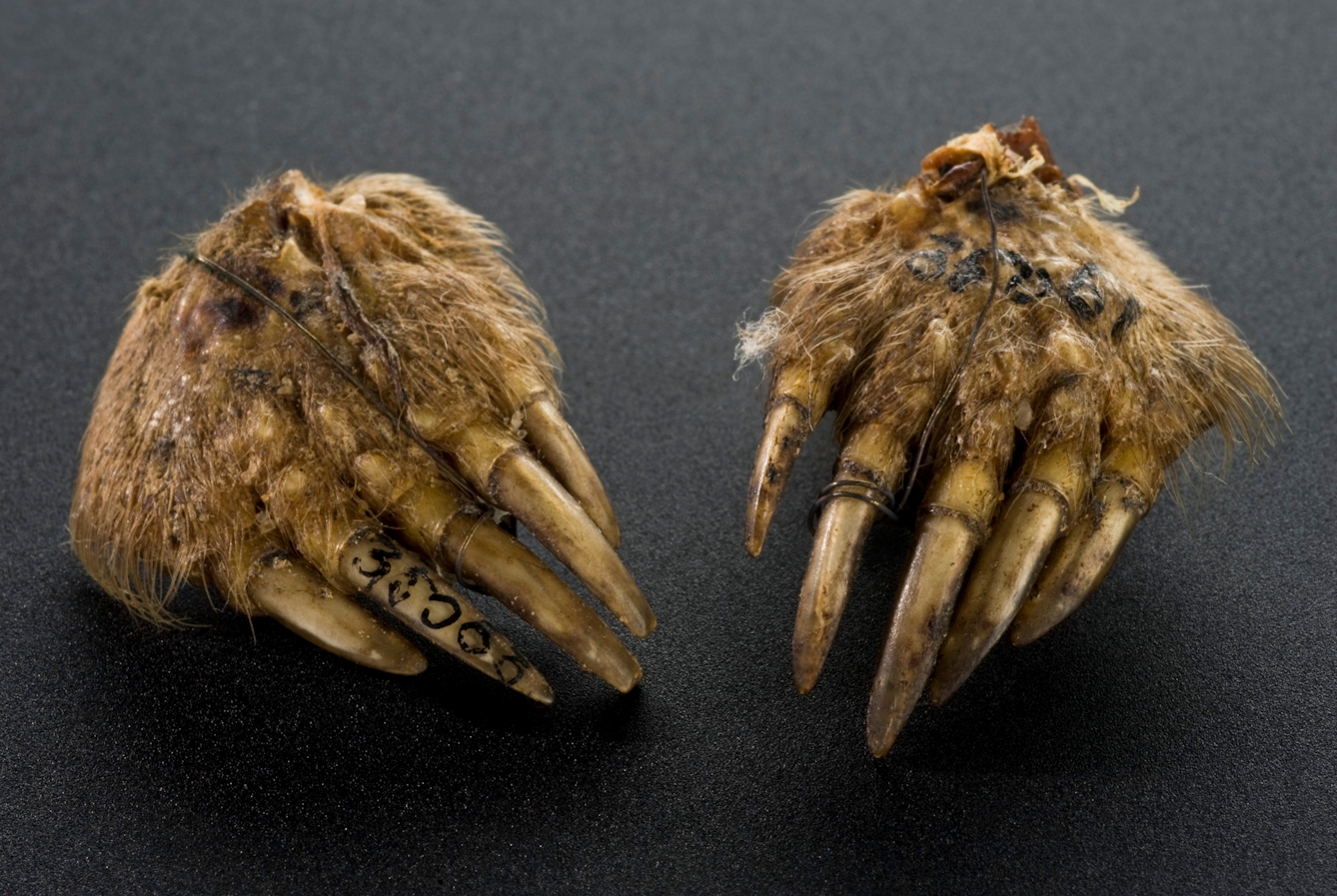
According to Lovett(view in catalogue), beliefs in charms to protect against nasty afflictions are based on the “reasonable basis… of logical symbolism”. For example, “the digging-foot of a mole (with its cramped appearance) is thought to be a cure for cramp”. The feet were either hacked off a mole or bought from a shop.
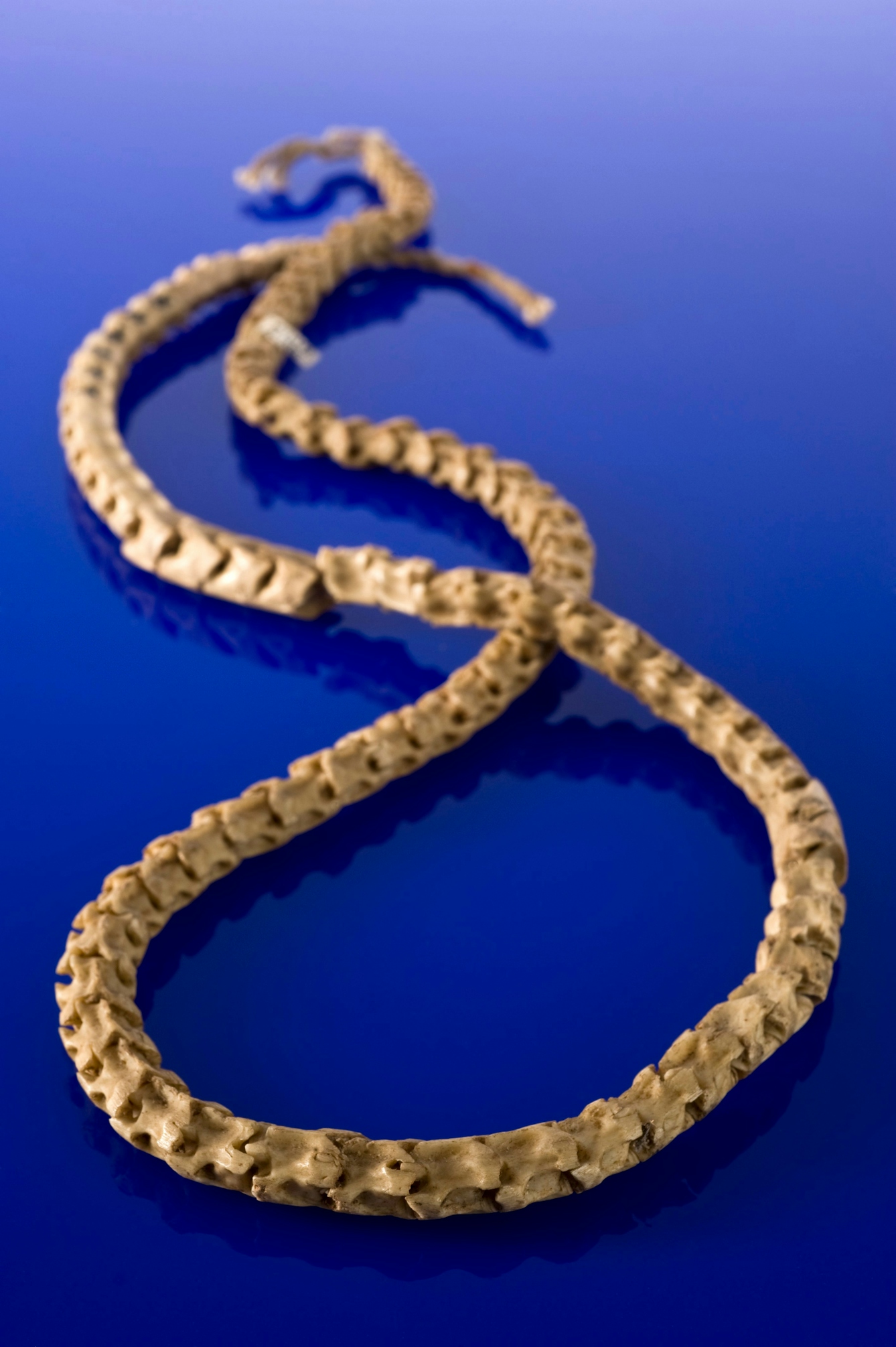
But the ‘logic’ of symbolism is often hard to decipher. As Lovett explains, “People who believe in charms and amulets are generally reticent, as it is considered unlucky to discuss them, so it is with difficulty that accurate information can be obtained.” Here the bones of a snake have been threaded onto string to make a necklace, thought to protect against lower back pain.
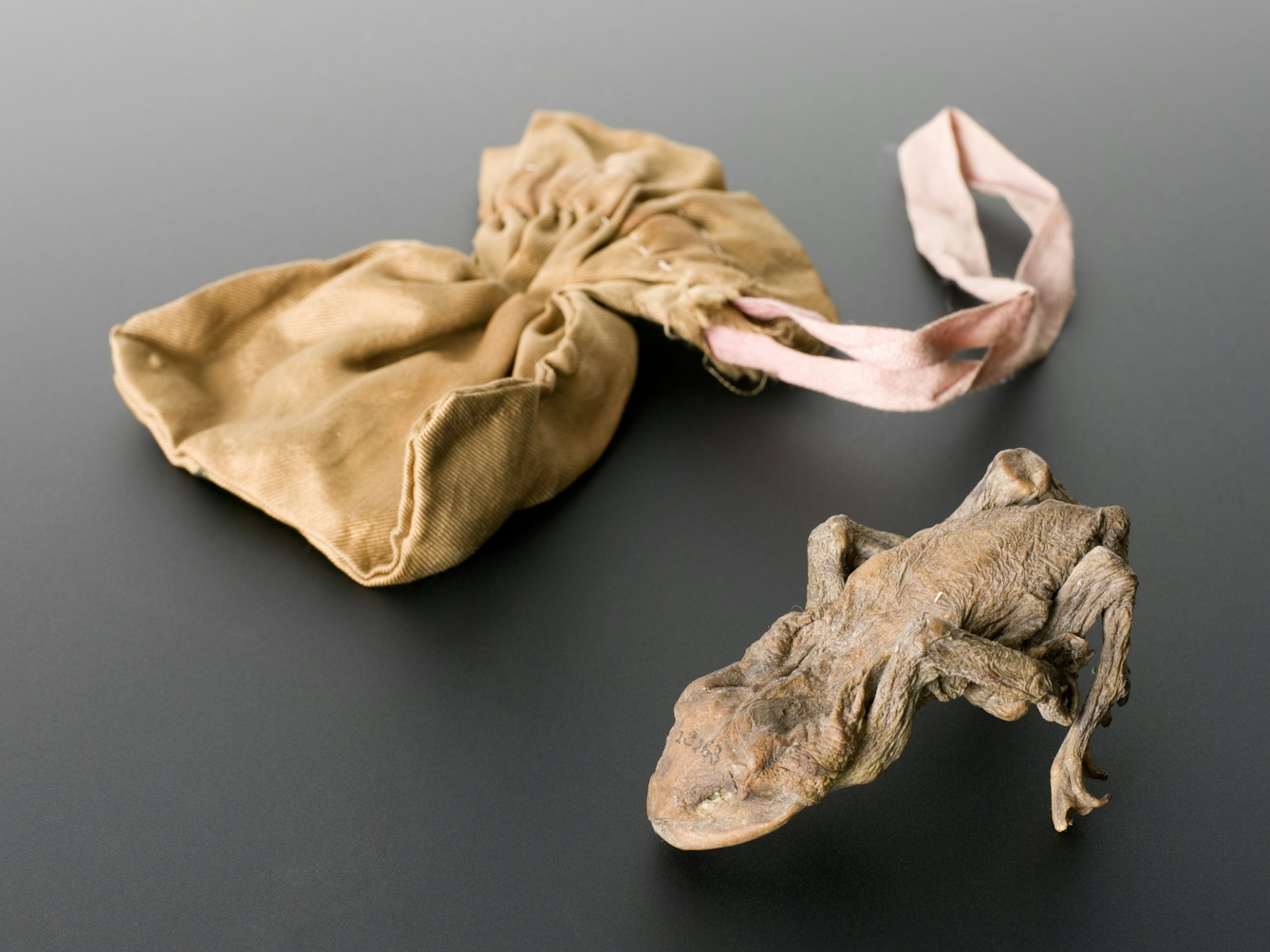
Children’s ailments naturally receive special attention. This dried frog carried in a silk bag was used to prevent fits. Another amulet against fits involved wearing a live toad in a bag. Live frogs and toads were also bound onto wounds to help them heal, and placed on the throats of children with whooping cough.
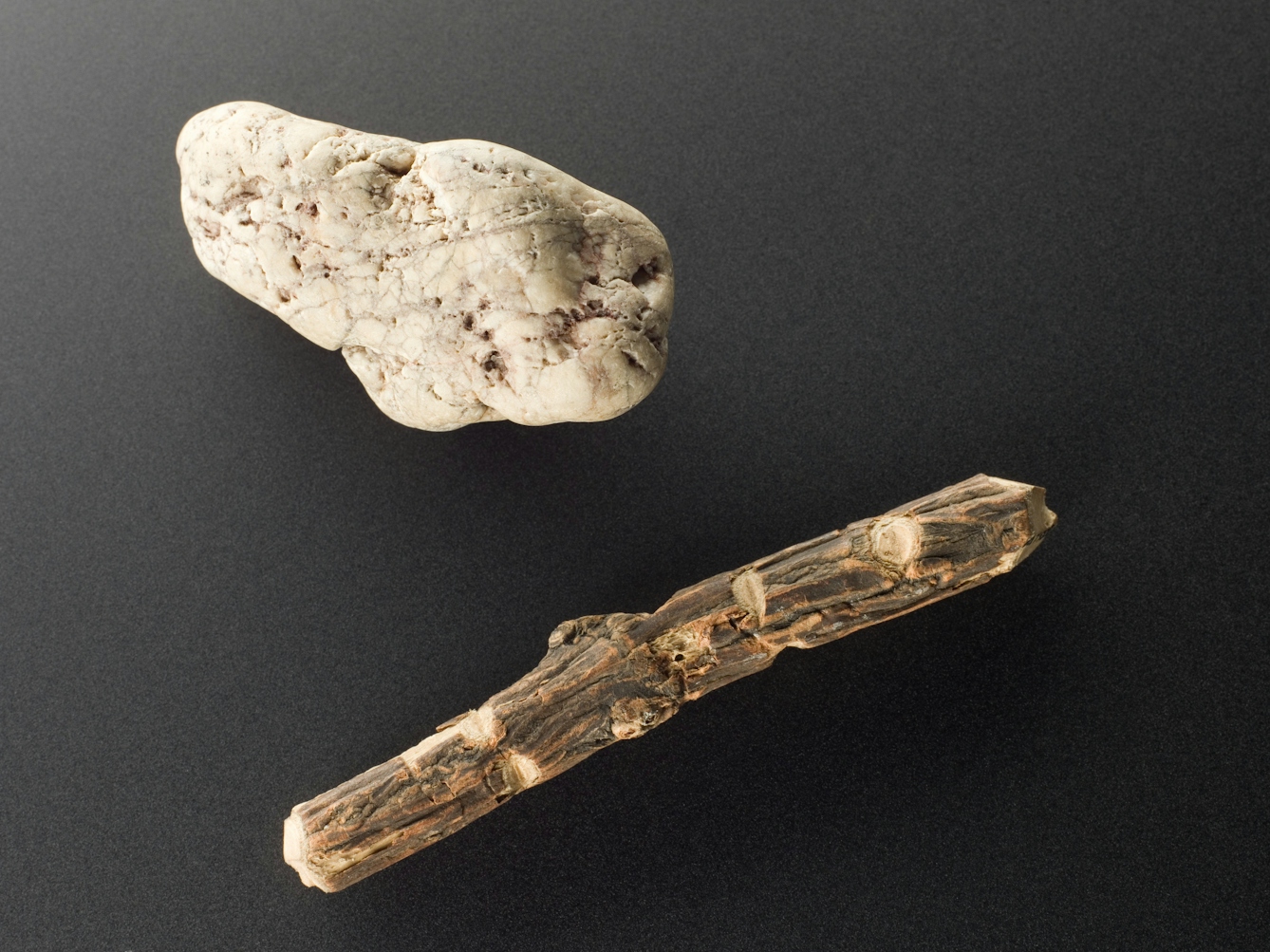
Lovett was brought up in Croydon and worked as a bank cashier in the City, but his enthusiasm for folklore took him out of the office and on an amulet-hunting trail from the urban to the rural. He reports, “In Devonshire I found an old woman who cured warts by rubbing them with a piece of lumpy water-worn quartzite, very much resembling in form and colour a huge wart. This was quite interesting.”
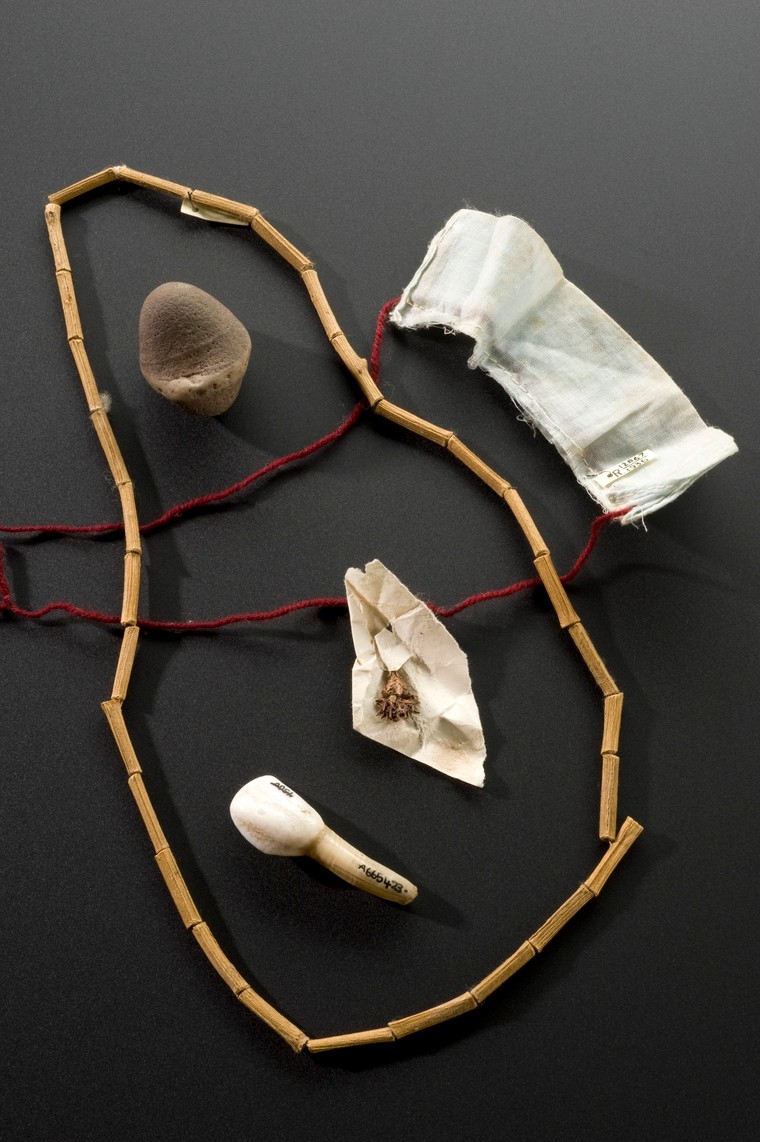
“As might be expected, toothache has many charm cures,” Lovett tells us. Some believed that tooth-shaped pieces of flint acted as protective amulets onto which the sufferer’s pain could be transferred. This flint is pictured with other teething amulets: a piece of turf, a necklace of woody nightshade, and a calf’s tooth.
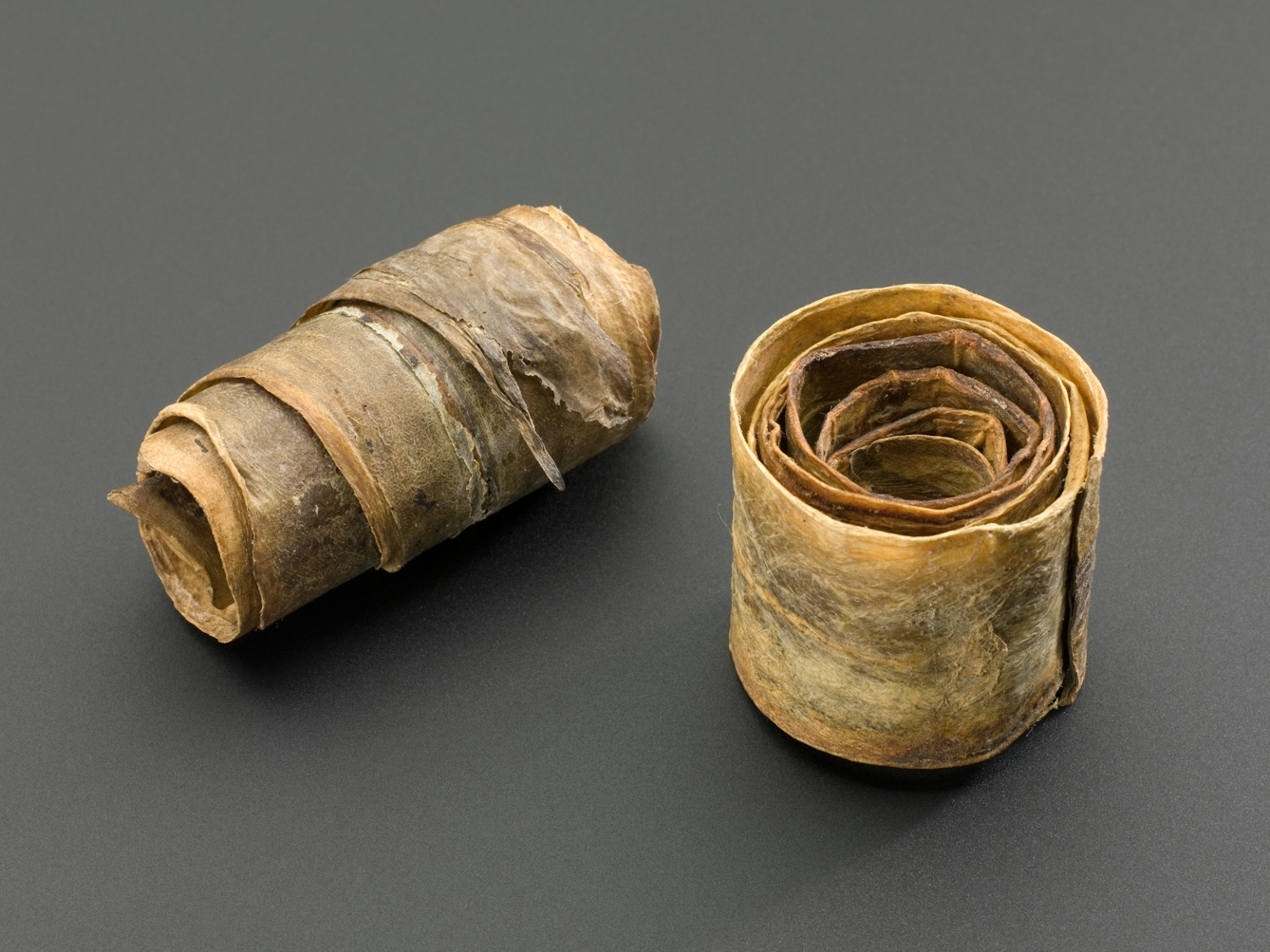
A Scottish tradition involved wrapping an eel skin around the finger to ward off cramp – the eel had to be killed, skinned and then dried out to keep its coiled shape. Commenting on his project(view in catalogue) in 1910, Lovett told his readers that while such beliefs might seem distant, they in fact continue to persist through practices such as carrying mascots in motorcars and other new forms of travel. For “we cannot expect that a few generations of ‘Education’ will eradicate the impressions which long past ages have fixed upon the primitive mind”.
“Rheumatism has many ‘cures’, the most general and, of course, the most modern, is a Potato carried in the pockets.” Along with potatoes, animal bones were carried as another object of pain transference. It might seem bizarre to us today to carry around a humble potato, but even in the 21st century the psychological draw of amulets and charms hasn’t left us. This is easy to see in children’s soft toys and sporting mascots, and even lucky underwear. Who doesn’t own a pair of lucky pants?
About the author
Kate Wilkinson
Kate works at Pushkin Press. When not submerged in a book, she can be found walking or practising Spanish. Sometimes both at once.

